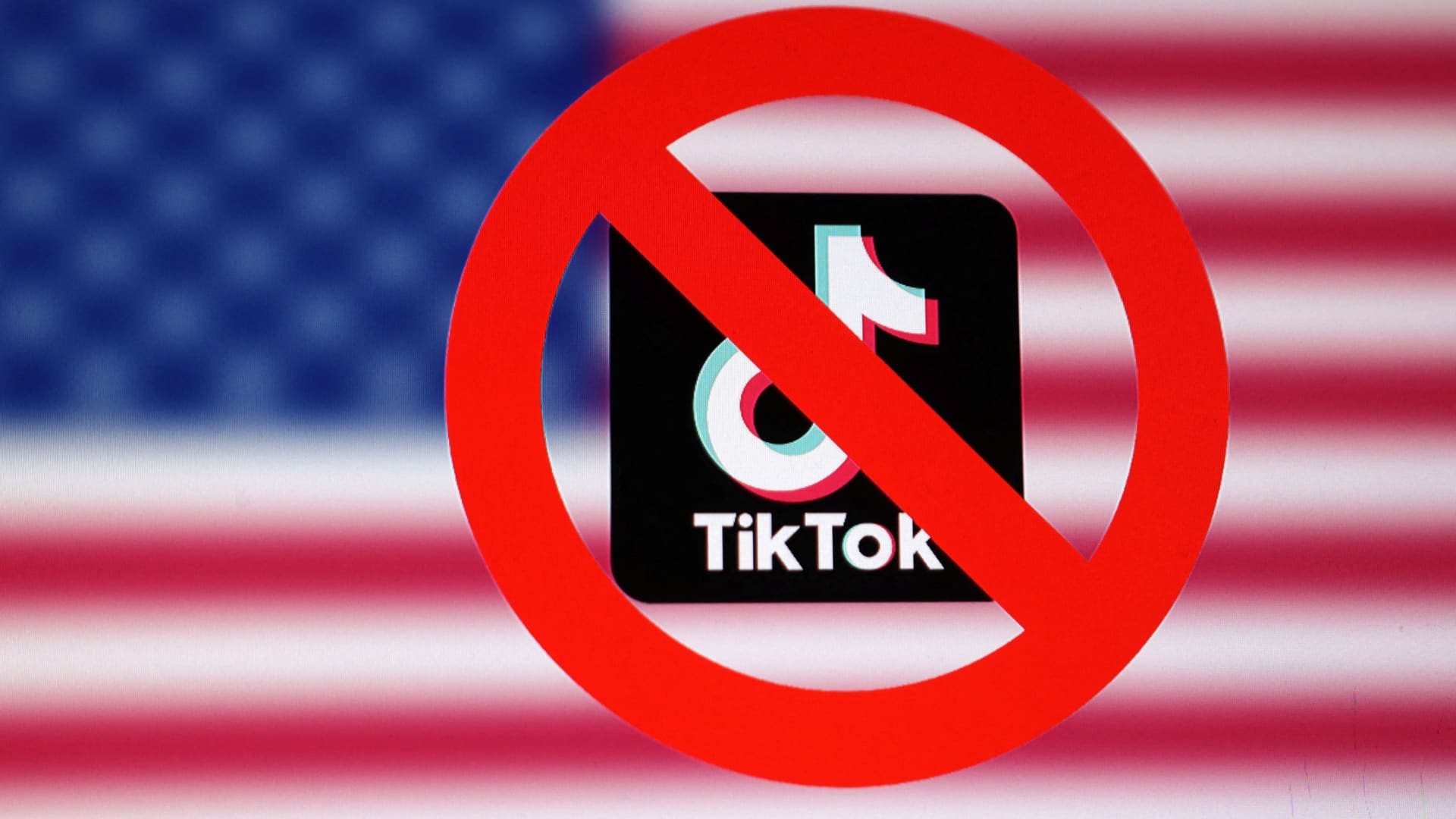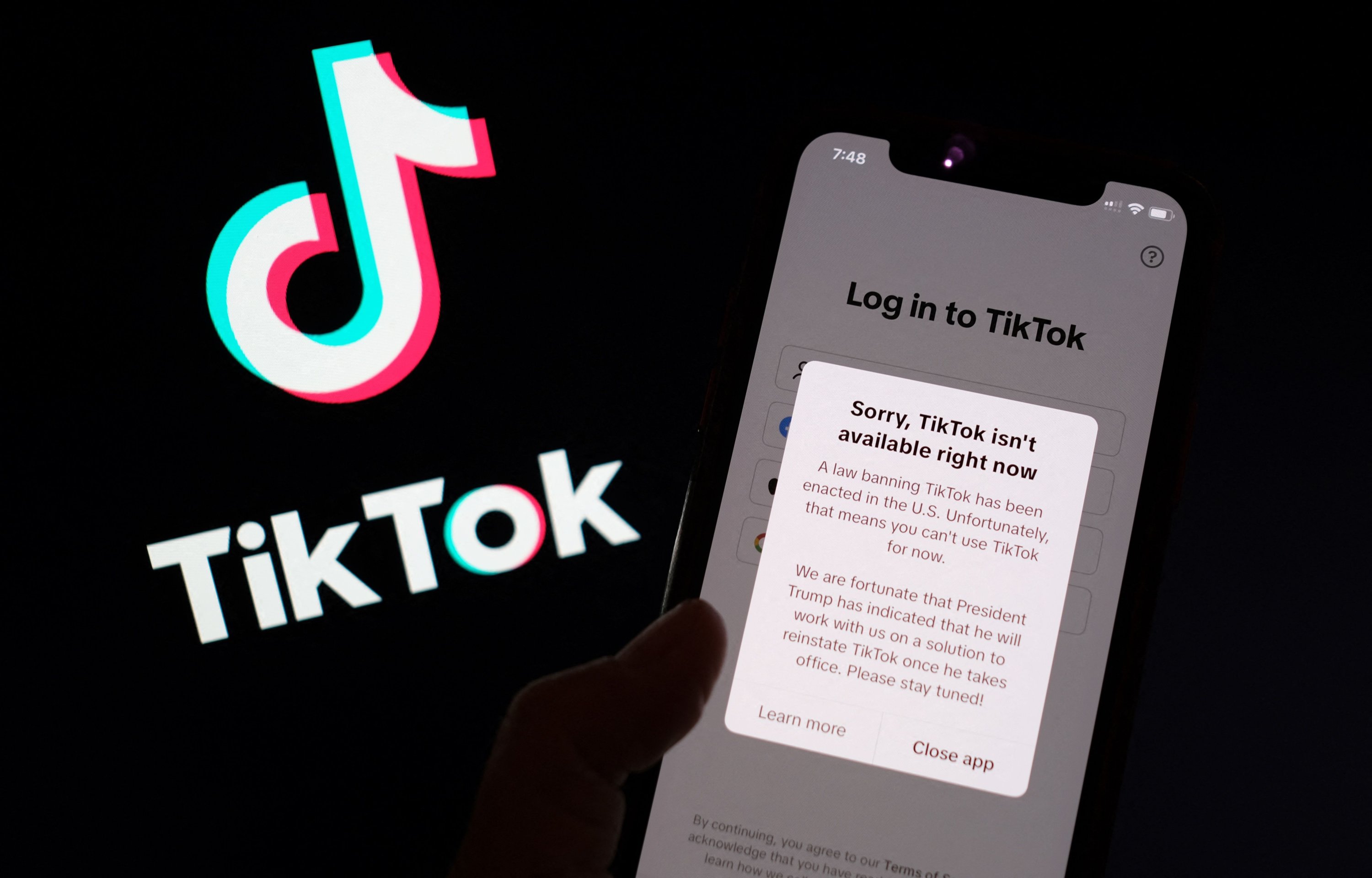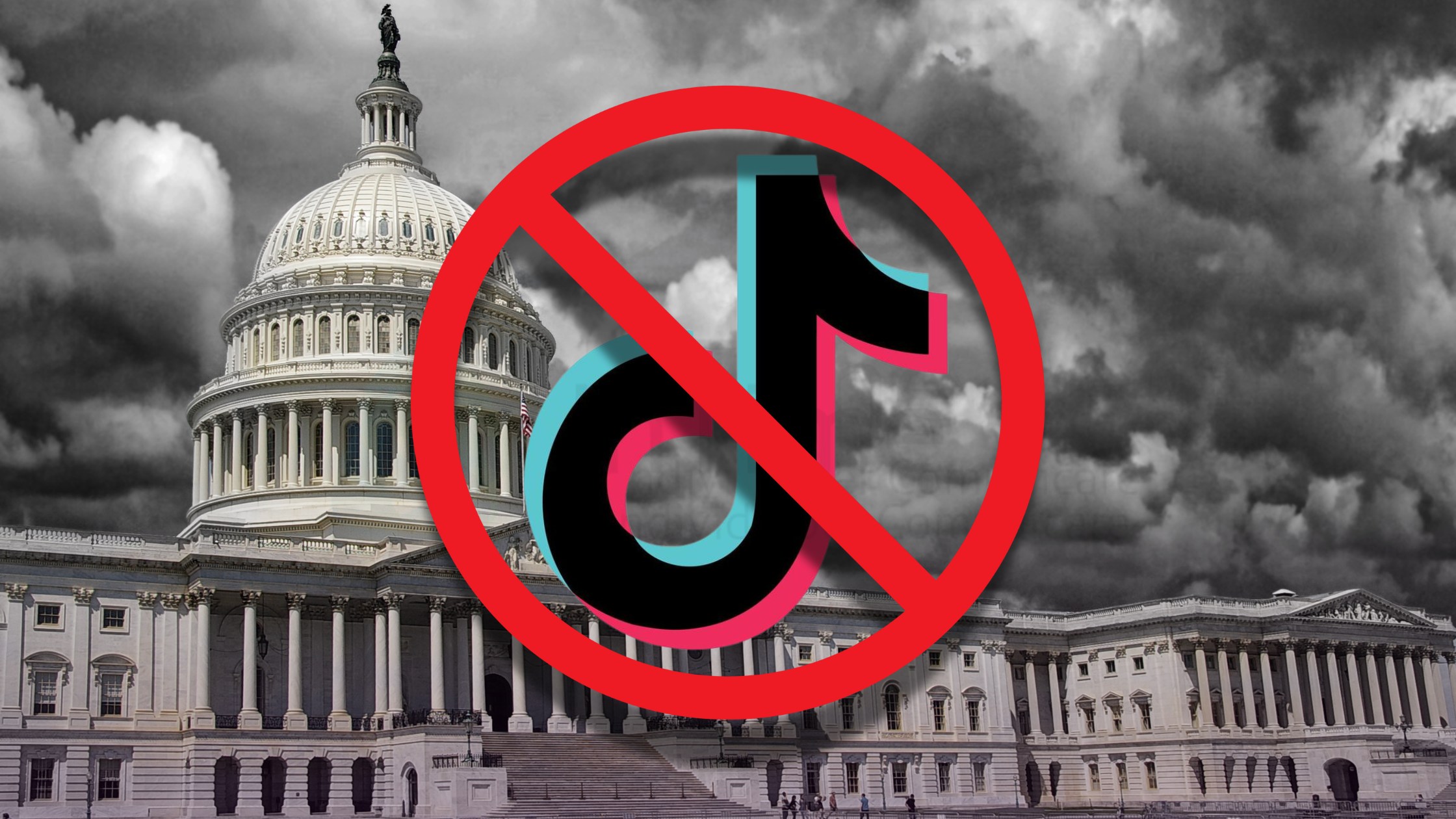TikTok's Tumultuous Weekend: From Nationwide Ban to Restoration
 On January 18, 2025, TikTok ceased operations in the United States following the enforcement of a federal ban rooted in national security concerns over its Chinese ownership by ByteDance. This action was the culmination of a series of legal and political maneuvers aimed at addressing potential risks associated with the app.
On January 18, 2025, TikTok ceased operations in the United States following the enforcement of a federal ban rooted in national security concerns over its Chinese ownership by ByteDance. This action was the culmination of a series of legal and political maneuvers aimed at addressing potential risks associated with the app.
The Path to the Ban
In April 2024, President Joe Biden signed legislation mandating ByteDance to divest its ownership of TikTok or face a U.S. ban.ByteDance's legal challenges against this directive were unsuccessful, leading to the Supreme Court upholding the ban in January 2025.Consequently, TikTok announced its shutdown in the U.S., informing users of its unavailability due to the new law.
Economic and Social Implications
The ban's impact extends beyond the app's immediate unavailability.Top TikTok influencers, such as Charli D'Amelio and Bella Poarch, face significant financial losses, collectively amounting to approximately $83.8 million in 2024. Moreover, TikTok contributed over $24 billion to the U.S. economy and supported around 200,000 jobs in 2023, highlighting the broader economic ramifications.
Political Developments and Future Prospects
In a surprising turn, President-elect Donald Trump announced plans to issue an executive order granting TikTok a 90-day extension to negotiate a joint venture with U.S. stakeholders, aiming to restore the app's operations.This move underscores the complex interplay between national security concerns and economic interests.
Global Context and Concerns
The U.S. ban on TikTok is part of a broader global trend of restricting specific apps due to security concerns.India banned TikTok and other Chinese apps in 2020, and similar actions have been observed in other countries.Such bans raise concerns about the fragmentation of the global internet and the potential for increased security risks as users seek alternative platforms
 On January 18, 2025, TikTok ceased operations in the United States following the enforcement of a federal ban rooted in national security concerns over its Chinese ownership by ByteDance. This action was the culmination of a series of legal and political maneuvers aimed at addressing potential risks associated with the app.
On January 18, 2025, TikTok ceased operations in the United States following the enforcement of a federal ban rooted in national security concerns over its Chinese ownership by ByteDance. This action was the culmination of a series of legal and political maneuvers aimed at addressing potential risks associated with the app.
The Path to the Ban
In April 2024, President Joe Biden signed legislation mandating ByteDance to divest its ownership of TikTok or face a U.S. ban.ByteDance's legal challenges against this directive were unsuccessful, leading to the Supreme Court upholding the ban in January 2025.Consequently, TikTok announced its shutdown in the U.S., informing users of its unavailability due to the new law.
Economic and Social Implications
The ban's impact extends beyond the app's immediate unavailability.Top TikTok influencers, such as Charli D'Amelio and Bella Poarch, face significant financial losses, collectively amounting to approximately $83.8 million in 2024. Moreover, TikTok contributed over $24 billion to the U.S. economy and supported around 200,000 jobs in 2023, highlighting the broader economic ramifications.
Political Developments and Future Prospects
In a surprising turn, President-elect Donald Trump announced plans to issue an executive order granting TikTok a 90-day extension to negotiate a joint venture with U.S. stakeholders, aiming to restore the app's operations.This move underscores the complex interplay between national security concerns and economic interests.
Global Context and Concerns
The U.S. ban on TikTok is part of a broader global trend of restricting specific apps due to security concerns.India banned TikTok and other Chinese apps in 2020, and similar actions have been observed in other countries.Such bans raise concerns about the fragmentation of the global internet and the potential for increased security risks as users seek alternative platforms